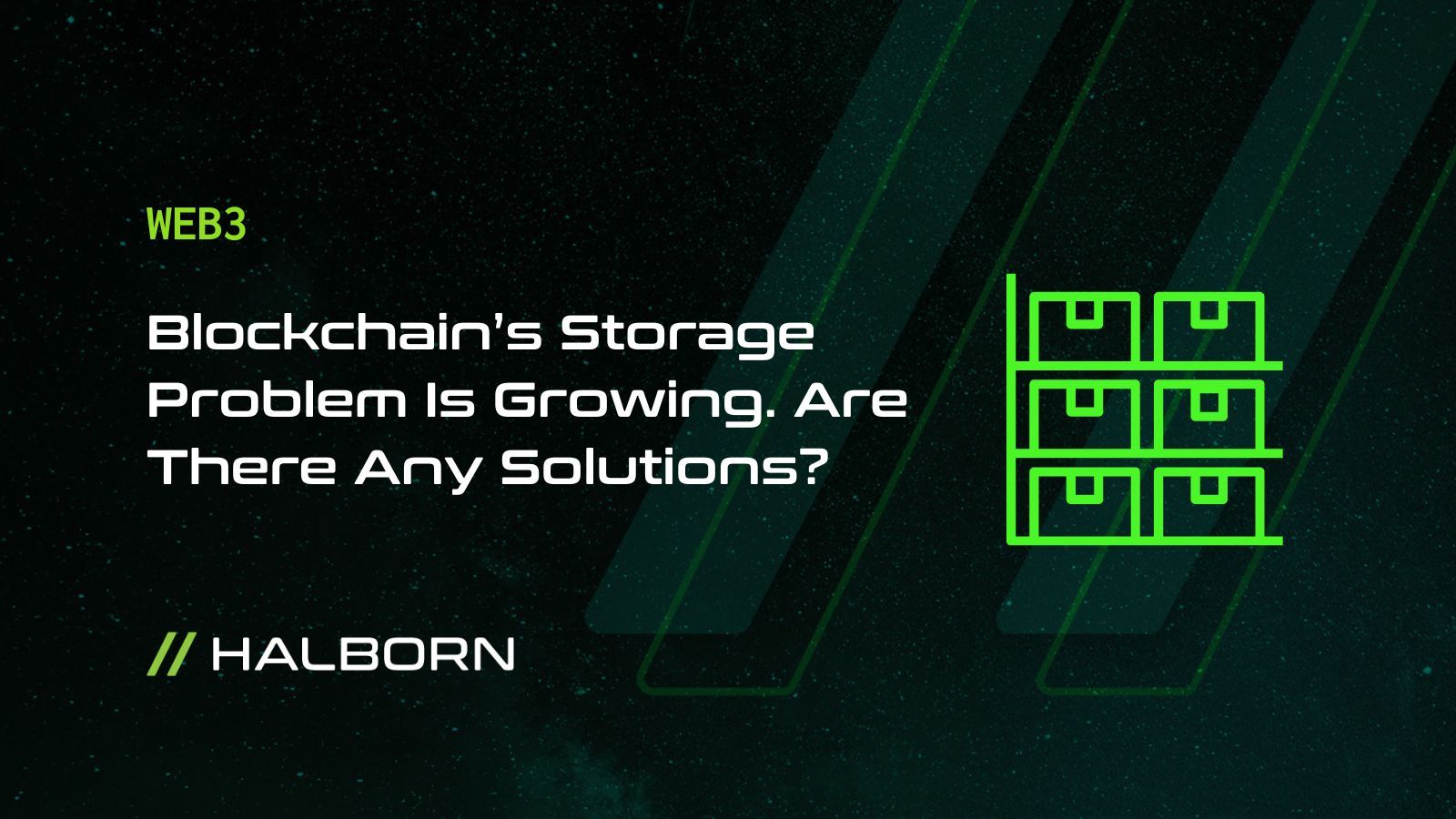
Blockchain technology has revolutionized the way we think about data ownership, access, and storage. By distributing transactional records across decentralized and transparent ledgers, blockchains offer a new paradigm for data management. However, this innovative design is not without its challenges. One of the most significant hurdles facing blockchains today is the issue of storage. As networks grow and more transactions are executed, the duplication of data across nodes creates a storage headache, leading to scalability, performance, and availability problems.
In this article, we will delve into the constraints of blockchain storage and explore potential solutions to this problem.
Contents
Where is blockchain data stored?
Blockchain data is stored on globally distributed machines known as nodes. These nodes run software to validate and store information about the network’s state. Different nodes serve various functions, with some retaining a full copy of the ledger and others storing only the most recent blocks. While the architecture may differ between networks, a full node typically stores the entire network state, which comprises a complete history of transactions executed on the blockchain. Running a network node requires meeting specific hardware requirements, such as having a minimum of 500 GB of free storage space and a read/write speed of 100 MB/s for Bitcoin nodes.
Why is there a blockchain storage problem?
As Ethereum co-founder Vitalik Buterin points out, storage limitations pose a severe constraint on blockchain scalability. In an ideal scenario, more users would run their own nodes on blockchain networks. However, the hardware and bandwidth resources required to do so are prohibitively expensive for the average user. For instance, Eth 2.0 full nodes need a minimum of 1TB of SSD storage. This limitation raises questions about the computational limits of blockchains and the future decentralization of networks. Currently, there are fewer than 10,000 nodes running on the Ethereum network.
With increasing hardware requirements, specialized projects have emerged to provide blockchain nodes as a service. However, these services introduce concerns regarding the centralization of blockchain data in the hands of a few providers, creating a single point of failure (SPOF) and privacy risks.
Viable solutions to the growing blockchain storage problem
Several solutions have been developed to tackle the blockchain storage problem, including:
-
Sharding: Sharding is an optimization technique that involves partitioning the blockchain workload into multiple shards, with dedicated nodes focusing on specific data types. By doing so, other nodes can handle more computational tasks, reducing the storage space required for the distributed ledger. The key advantage of sharding is that it increases on-chain storage capacity without relying on third-party service providers, thus preserving decentralization and minimizing the network’s attack surface. However, sharding has limitations in terms of its ability to fully address the storage problem.
-
Pruning: Another approach to improving on-chain storage is pruning. Pruning involves the removal of older or less relevant information from a specific node category. By eliminating older transactional data, storage capacity can be freed up, allowing more people to run nodes without having to meet stringent hardware requirements. However, pruning carries certain risks, as compromising an older pruned block could compromise the entire network.
Blockchains are designed to be fault-tolerant systems, ensuring high availability even in the absence of some network participants. However, severe limitations on on-chain storage could significantly impact network performance. As transaction data continues to grow, the demand for storage increases. Achieving decentralization in the face of this growing demand requires a distributed infrastructure that is affordable for users while maintaining security and decentralization.
FAQs
Q: How does blockchain storage differ from traditional storage systems?
A: Blockchain storage distributes data among decentralized ledgers, whereas traditional storage systems rely on centralized and permissioned databases.
Q: Why is storage a challenge for blockchains?
A: The duplication of data across nodes in blockchain networks leads to scalability, performance, and availability issues.
Q: What is sharding?
A: Sharding is an optimization technique that partitions the blockchain workload into shards, with dedicated nodes focusing on specific data types, increasing on-chain storage capacity.
Q: What is pruning?
A: Pruning involves the removal of older or less relevant information from a specific node category, thereby freeing up storage capacity.
Conclusion
The blockchain storage problem poses significant challenges for the scalability and performance of blockchain networks. However, various solutions, such as sharding and pruning, offer potential remedies to address these issues. As blockchain technology continues to evolve, finding efficient and scalable storage solutions will be crucial to achieving widespread adoption and realizing the full potential of decentralized networks.
For more information on blockchain technology and its impact on various industries, visit Virtual Tech Vision.







